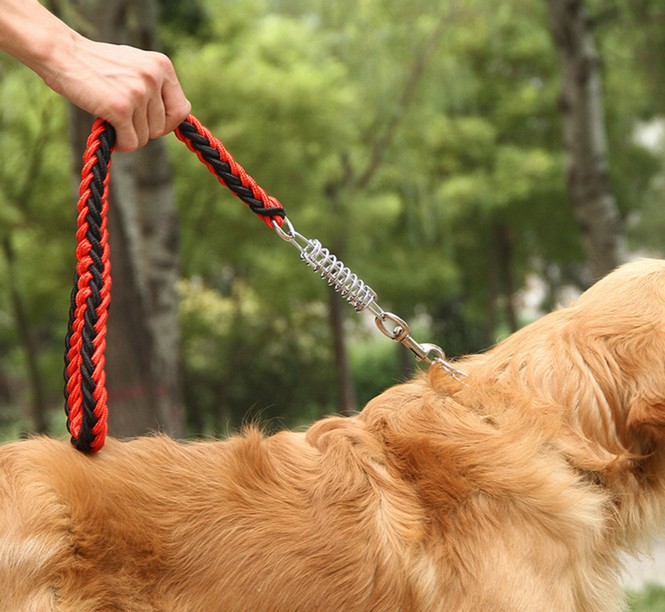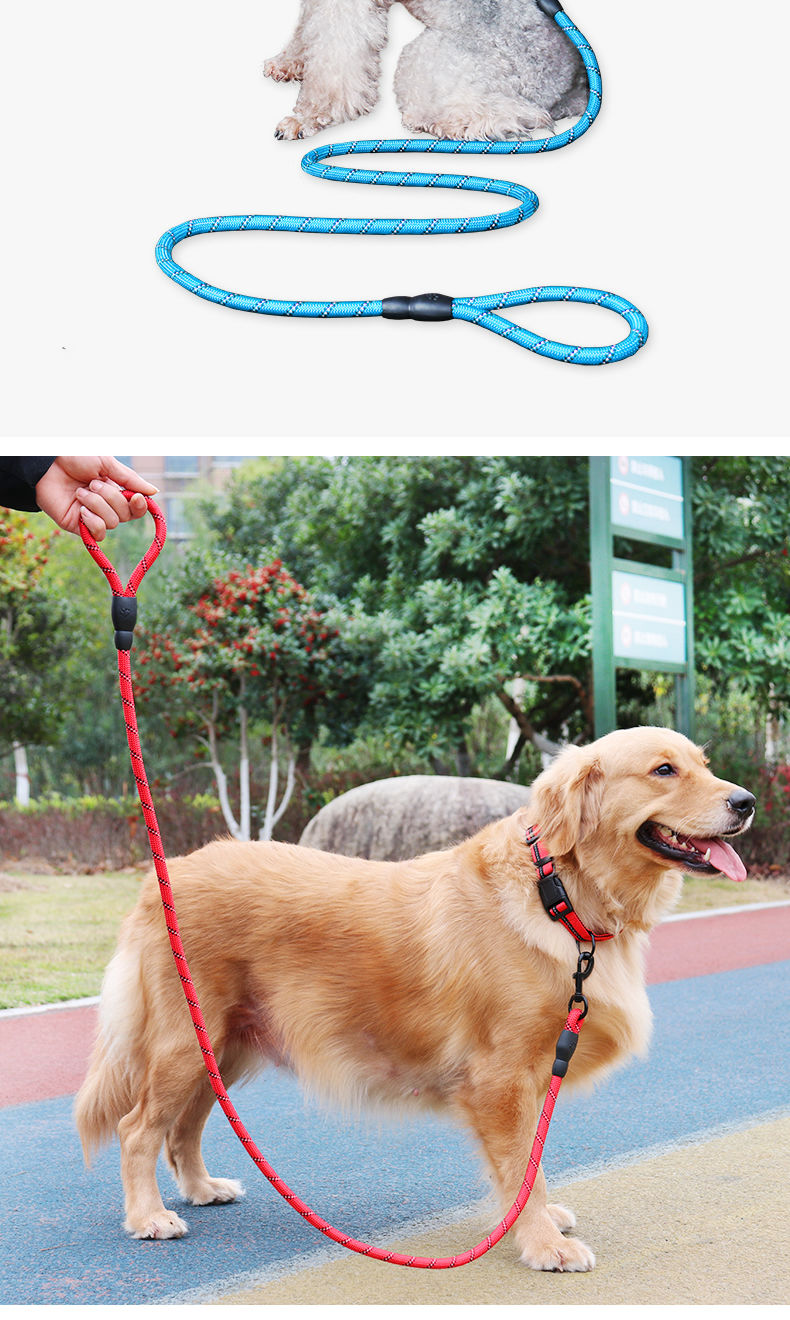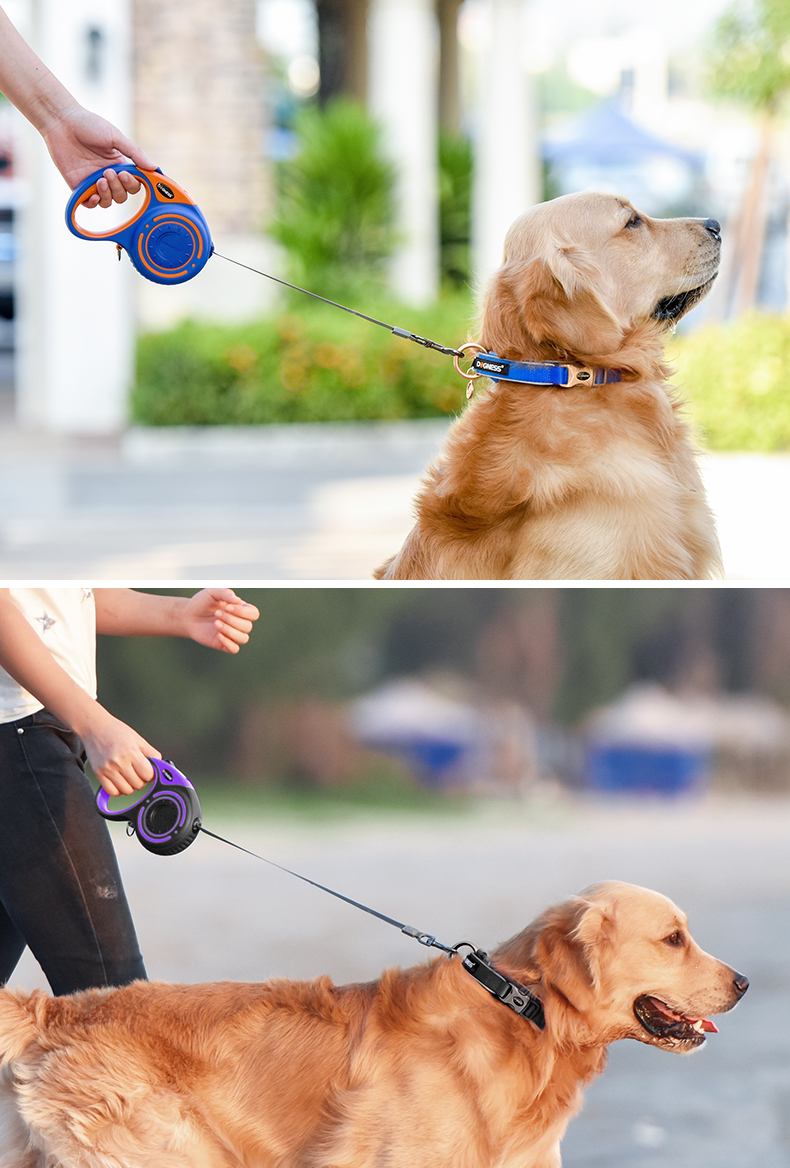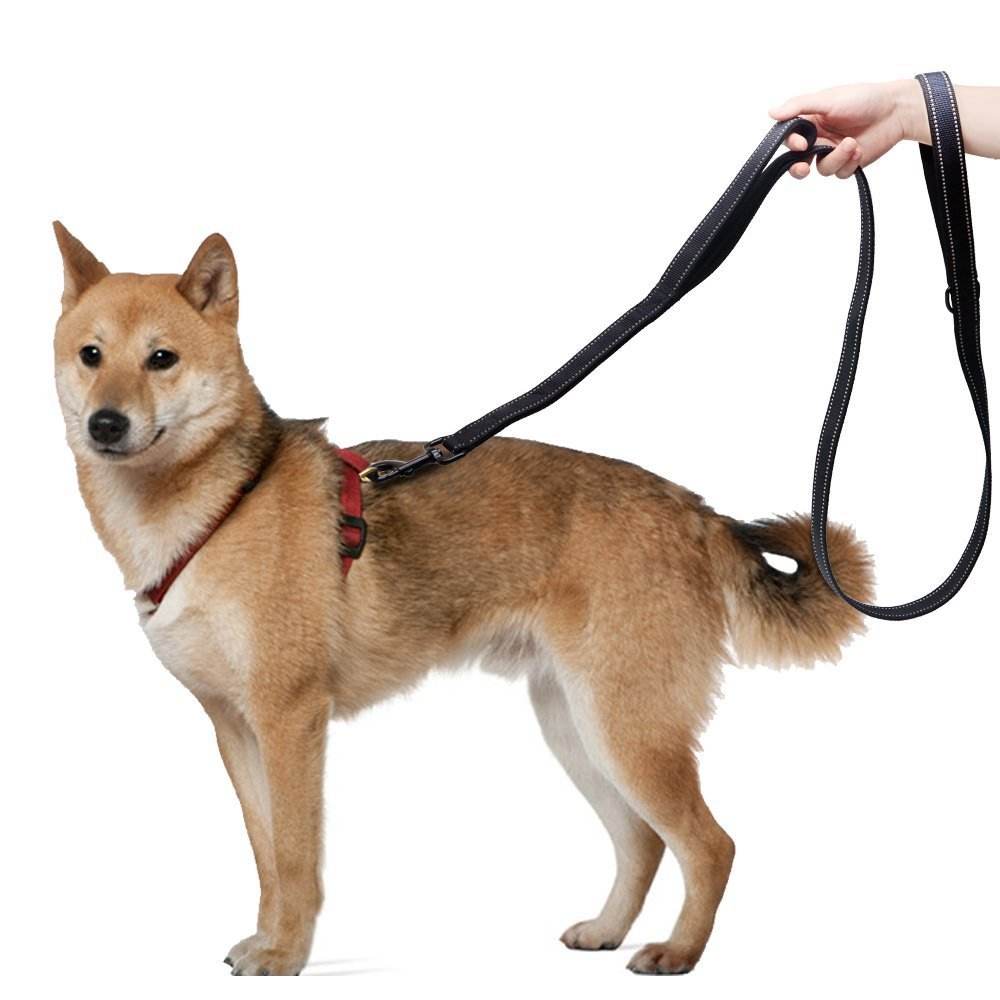Service dogs play a vital role in assisting individuals with disabilities, providing them with invaluable support and companionship in navigating daily life. However, amidst the responsibilities of caring for these specially trained animals, questions arise regarding the regulations governing their behavior, particularly concerning the use of leash. In this article, we delve into the intricacies of service dog regulations, specifically addressing whether these remarkable animals need to be leashed at all times.

Understanding the Role of Service Dogs: Assistance and Accommodation
Before delving into the leash regulations, it’s essential to understand the role service dogs play in the lives of their handlers. Service dogs are highly trained to perform specific tasks that mitigate the effects of their handler’s disability. These tasks can range from guiding individuals with visual impairments to alerting those with hearing impairments to important sounds, providing stability and balance for individuals with mobility issues, or even detecting changes in blood sugar levels for individuals with diabetes. Service dogs are not merely pets; they are working animals providing essential services to their handlers.
Legal Framework: The Americans with Disabilities Act (ADA)
In the United States, the Americans with Disabilities Act (ADA) provides the primary legal framework governing the rights and responsibilities of individuals with disabilities, including those who use service animals. Under the ADA, service animals are defined as dogs that are individually trained to do work or perform tasks for people with disabilities. The ADA requires businesses, nonprofit organizations, and state and local governments that serve the public to allow service animals to accompany people with disabilities in all areas where the public is typically allowed to go.

Leash Laws and Exceptions: State and Local Regulations
While the ADA sets forth guidelines at the federal level, states and local municipalities may have their own regulations regarding service animals and leash requirements. In many jurisdictions, leash laws apply to all dogs, including service animals, when they are in public spaces. However, there are exceptions to these leash laws for service dogs under certain circumstances. For example, service dogs may be exempt from leash requirements if being leashed interferes with their ability to perform their tasks or if the handler has a disability that prevents them from using a leash.
Safety Considerations: Balancing Freedom and Control
The debate over whether service dogs should be leashed at all times often revolves around the balance between freedom and control. While leashing provides a level of physical restraint that ensures the safety of both the dog and those around them, it can also restrict the dog’s ability to perform certain tasks effectively. For example, a guide dog assisting a handler with a visual impairment may need to maneuver freely to navigate obstacles and provide guidance effectively. In such cases, being leashed could impede the dog’s ability to fulfill its duties.

Training and Reliability: Factors Influencing Leash Use
The decision to leash a service dog at all times depends on several factors, including the dog’s training, temperament, and reliability in various environments. Well-trained service dogs are typically taught to remain focused on their handler and to ignore distractions, reducing the need for constant leashing. However, in situations where there may be safety concerns or distractions present, such as in crowded or chaotic environments, leashing the service dog may be necessary to maintain control and ensure the safety of everyone involved.
Public Perception and Etiquette: Educating the Community
Beyond legal considerations, public perception and etiquette regarding service dogs also play a significant role in determining whether they should be leashed at all times. Some individuals may feel more comfortable and reassured when they see a service dog on a leash, perceiving it as a sign of control and obedience. Additionally, proper leash use can help prevent unwarranted interactions or distractions from well-meaning members of the public, allowing the service dog to focus on its tasks without interruption.

Handler Responsibility: Making Informed Decisions
Ultimately, the responsibility for determining whether a service dog should be leashed at all times lies with the handler, who is best equipped to assess the dog’s needs and behavior in various situations. Handlers must consider the specific tasks their service dog performs, the surrounding environment, and any applicable legal requirements when making decisions about leash use. Additionally, ongoing training and reinforcement of desired behaviors are essential for ensuring the effectiveness and reliability of service dogs in fulfilling their duties.
Training Standards and Certification: Ensuring Compliance and Effectiveness
Training standards and certification processes play a significant role in determining the reliability and behavior of service dogs in public settings. Organizations that train service dogs often adhere to rigorous standards to ensure that the animals are adequately prepared to perform their tasks safely and effectively. Additionally, certification programs may require handlers to demonstrate their understanding of applicable laws and regulations, as well as their ability to maintain control over their service dogs in various situations. By upholding these standards, service dog organizations and handlers contribute to the overall professionalism and credibility of the service dog industry, fostering greater trust and acceptance within the community.

Educational Initiatives: Promoting Awareness and Understanding
Education is key to promoting awareness and understanding of service dog regulations and etiquette among the general public. Public awareness campaigns, informational materials, and outreach efforts can help dispel misconceptions and educate individuals about the rights of people with disabilities who use service animals. By fostering a culture of respect and inclusivity, these initiatives contribute to creating environments where service dogs and their handlers are welcomed and supported, rather than met with skepticism or discrimination. Increased awareness also encourages bystanders to act appropriately around service dogs, reducing the likelihood of interference or distraction.
Conclusion: Striking a Balance
In navigating the complex landscape of service dog regulations, particularly concerning leash requirements, it’s crucial to strike a balance between the freedom of the animal and the safety and well-being of both the dog and those around them. While leash laws and regulations provide a framework for maintaining control and order in public spaces, exceptions must be made to accommodate the unique needs of individuals with disabilities who rely on service animals for assistance. By fostering understanding, empathy, and cooperation within communities, we can create environments that are inclusive and supportive of individuals with disabilities and their invaluable service dogs.










